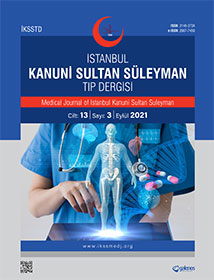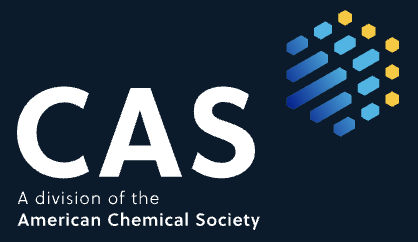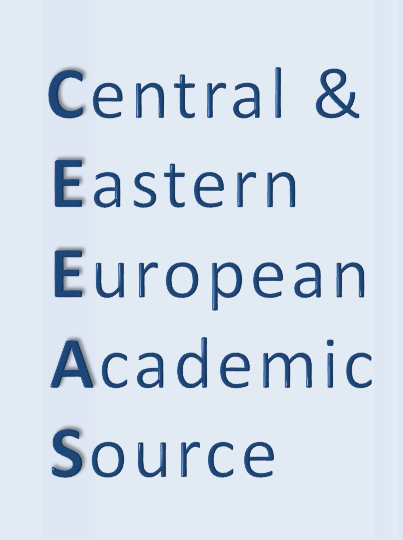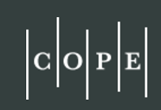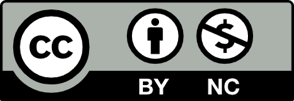A Comparison of Drug Regimens and Analysis of Effective Factors for Blood Transfusion and Intervention in Spontaneous Rectus Sheath Hematomas
Ahmet Sürek1, Mehmet Abdussamet Bozkurt2, Burak Altunpak1, Turgut Dönmez1, Eyüp Gemici1, Sina Ferahman1, Hüsnü Aydın1, Ali Kocataş2, Mehmet Karabulut11University of Health Sciences Turkey, Bakırköy Dr. Sadi Konuk Training and Research Hospital, Clinic of General Surgery, İstanbul, Turkey2University of Health Sciences Turkey, İstanbul Kanuni Sultan Süleyman Training and Research Hospital, Clinic of General Surgery, İstanbul, Turkey
INTRODUCTION: Rectus sheath hematomas (RSH) are mostly observed in older patients with a high number of comorbidities. The use of anticoagulants is the most common risk factor for the disease. Our study aimed to determine the effect of the drug regimens and analyze the risk factors for blood transfusion and intervention in cases of RSH.
METHODS: The records of 46 patients who had been treated for RSH between January 2015 and March 2020 were analyzed retrospectively. The demographic data, drug usage, tomography findings, clinical courses, and morbidity and mortality rates of the patients were recorded. The findings were compared according to the drug regimens, and the risk factors for blood transfusion and intervention were determined.
RESULTS: The mean erythrocyte transfusion (3.61 U), number of patients who underwent erythrocyte transfusion (77%), mean hematoma size (10.07 cm), and length of hospital stay (7.53 days) were higher in Group 1 (only using acetylsalicylic acid) patients (p = 0.002, p = 0.011, p = 0.016, and p = 0.004, respectively). The common risk factors for blood transfusion and intervention, however, were low hemoglobin levels, contrast extravasation and type-3 hematoma on computed tomography (CT), and long hospital stay.
DISCUSSION AND CONCLUSION: RSH are usually treated conservatively. Blood transfusion, vascular embolization, and/or surgical treatment may be required. Only acetylsalicylic acid use, low hemoglobin levels, long hospital stay, and contrast extravasation, and type 3 hematoma on CT were associated with more blood transfusion and intervention.
Spontan Rektus Kılıf Hematomları: İlaç Rejimlerinin Karşılaştırılması ve Kan Transfüzyonu ve Müdahalesi için Etkili Faktörlerin Analizi
Ahmet Sürek1, Mehmet Abdussamet Bozkurt2, Burak Altunpak1, Turgut Dönmez1, Eyüp Gemici1, Sina Ferahman1, Hüsnü Aydın1, Ali Kocataş2, Mehmet Karabulut11Türkiye Sağlık Bilimleri Üniversitesi, Bakırköy Sadi Konuk Eğitim ve Araştırma Hastanesi, Genel Cerrahi Kliniği, İstanbul, Türkiye2Sağlık Bilimleri Üniversitesi Türkiye, İstanbul Kanuni Sultan Süleyman Eğitim ve Araştırma Hastanesi, Genel Cerrahi Kliniği, İstanbul, Türkiye
GİRİŞ ve AMAÇ: Rektus kılıfı hematomları (RKH) sıklıkla komorbiditesi yüksek yaşlı hastalarda görülmektedir. Antikoagülan kullanımı, hastalık için en yaygın risk faktörüdür. Bu çalışma, rektus kılıf hematomunda ilaç rejimlerinin etkisini belirlemeyi ve kan transfüzyonu ve müdahale için risk faktörlerini analiz etmeyi amaçlamaktadır.
YÖNTEM ve GEREÇLER: Ocak 2015 ile Mart 2020 arasında rektus kılıf hematomu nedeniyle tedavi edilen 46 hastanın dosyası geriye dönük olarak incelendi. Hastaların demografik verileri, ilaç kullanımı, bilgisayarlı tomografi (BT) bulguları, klinik seyirleri, morbidite ve mortalite oranları kaydedildi. Veriler hastaların kullandıkları ilaç rejimleri arasında karşılaştırıldı ve kan transfüzyonu ve müdahale için risk faktörleri belirlendi.
BULGULAR: Ortalama eritrosit transfüzyonu (3,61 U), eritrosit transfüzyonu yapılan hasta sayısı (%77), ortalama hematom boyutu (10,07 cm) ve hastanede kalış süresi (7,53 gün) Grup 1’de daha yüksekti (sırasıyla; p = 0,002, p = 0,011, p = 0,016, p = 0,004). Kan transfüzyonu ve cerrahi veya girişimsel embolizasyon için etkili olan ortak risk faktörleri, düşük hemoglobin seviyeleri, BT anjiyografide kontrast ekstravazasyonu ve tip 3 hematom ve uzun hastanede kalışı olarak bulunmuştur.
TARTIŞMA ve SONUÇ: Rektus kılıfı hematomları genellikle konservatif olarak tedavi edilir. Kan transfüzyonu, vasküler embolizasyon ve/veya cerrahi tedavi gerekebilir. Sadece asetilsalisilik asit kullanımı, düşük hemoglobin seviyeleri, uzun hastanede kalış, BT’de kontrast ekstravazasyon ve tip 3 hematom daha fazla kan transfüzyonu ve müdahalesi ile ilişkilendirildi.
Manuscript Language: Turkish


